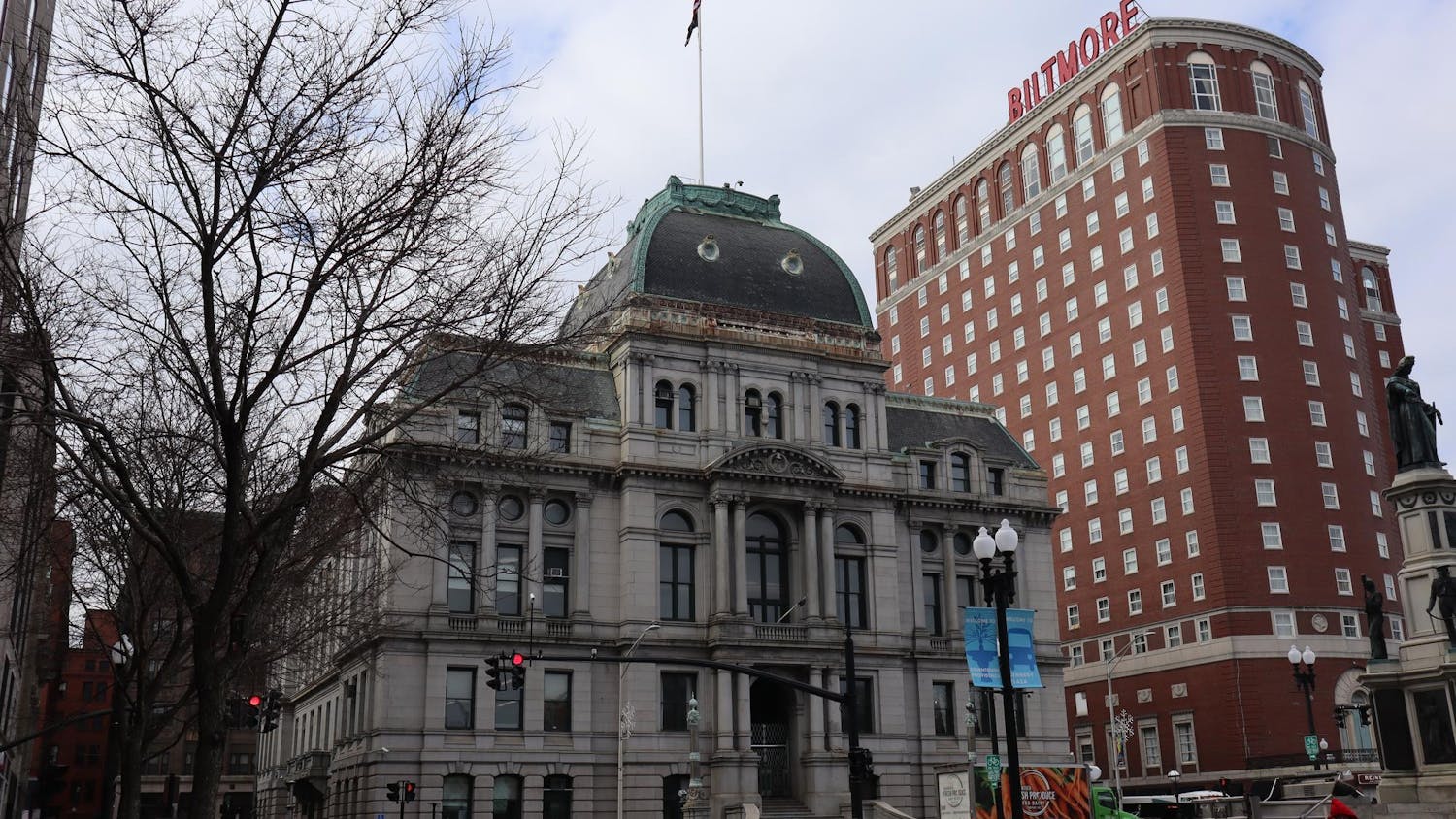Facing declining advertising revenue and circulation, national newspapers like the New York Times and the Wall Street Journal are erecting pay walls to stay afloat. The Providence Journal could be next.
The ProJo, the state's largest newspaper, first announced its intention to limit online content to paying subscribers and update its website in November 2009, though it has not yet told the public or its reporting staff when the pay wall will go into effect. Last month, the paper's management promoted then-vice president of business and interactive development Deborah Tomilson to oversee its online strategy.
The paper has lost 10 percent of its print circulation in the last year — double the nationwide average decline. The number of visitors to the ProJo's website fell last year from 1.26 to 1.19 million.
The ProJo's parent company, A. H. Belo, has also suffered significant revenue losses — $124.2 million last year — according to its latest financial filings.
"The Journal's had a lot of cutbacks in the last few years," WRNI political analyst Scott MacKay told The Herald. Flagging advertising revenue is a big reason for the upcoming pay wall, MacKay said.
Advertising revenue depended on companies in industries that fared poorly during the recent economic downturn, said Journal reporter John Hill. "Everyone in the business has been thinking about it," he said of pay walls. "Regardless of whether it works or not, I think it's important that they're trying it."
The newspaper has outlined the planned format for its new website. It would feature short summaries of articles for free and limit access to full articles to subscribers, Hill said.
Many newspapers across the country are turning to pay walls, but other methods have proven successful, MacKay said. Other publications have made their articles available on devices such as the iPad and Kindle. "I think some of the other papers are ahead of the ProJo in getting in that line," MacKay said.
Tomilson will also be tasked with boosting "the newspaper's presence on emerging digital platforms and devices," according to a March 20 ProJo article.
A pay wall might prove more successful for the ProJo than for papers like A.H. Belo's Dallas Morning News, which faces more regional competition. "The other guy might try to undercut you and go free," Hill said. The ProJo's dominance in Rhode Island allows more latitude for a paywall, he said.
Improving the paper's website will be critical to the pay wall's success, since the current website is less user-friendly than those of other news organizations, MacKay said. "They should update their website if they're going to charge money for it," he said.
The New York Times introduced its own pay wall March 28. Currently, Brown's dining halls provide 170 copies of the Times and 120 copies of the ProJo on weekdays, according to Residential Dining Director Claire Sidla.
Pay walls are a good idea, said Julia Dahlin '12. "I think that free news is an unsustainable model that leads to really bad journalism," she said. "We need to be paying for content."




